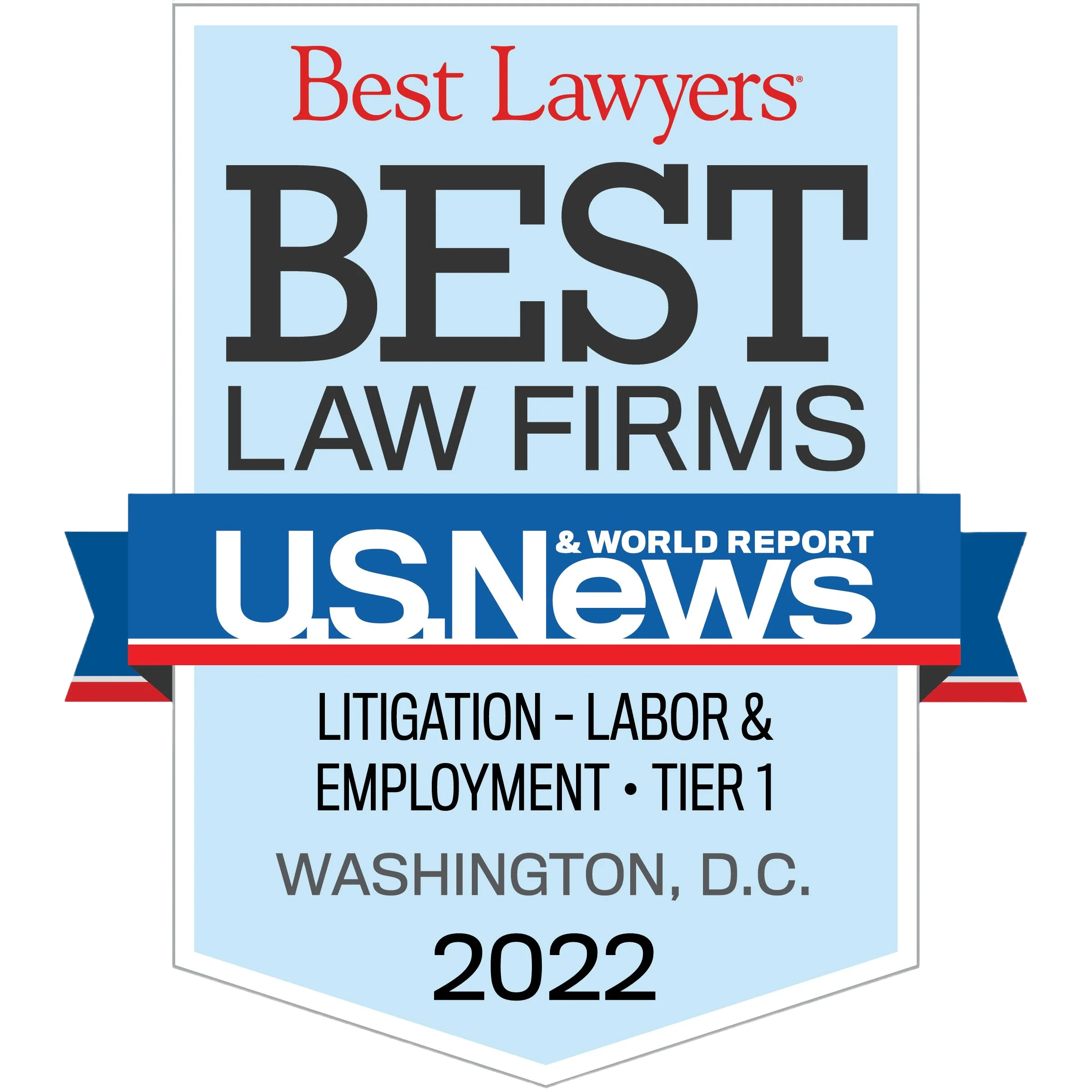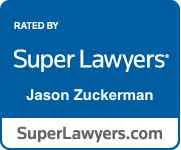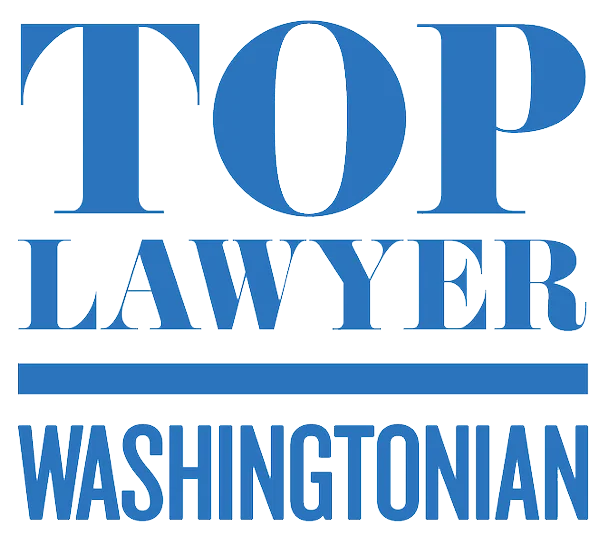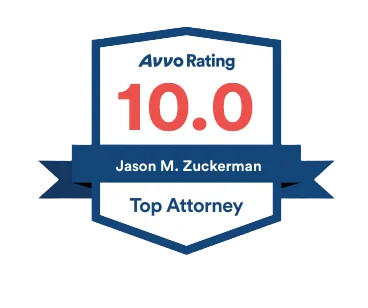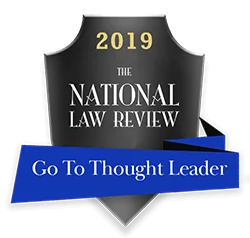At oral argument on August 24, 2016, whistleblower attorney Dallas Hammer urged the Department of Labor Administrative Review Board to avoid lowering the onerous burden that Congress imposed on employers under the Sarbanes-Oxley Act and other whistleblower protection laws. Dallas Hammer argued on behalf of amici curiae the National Employment Lawyers Association, Truckers Justice Center, Teamsters for a Democratic Union, and Teamsters Local 89 in the matter of Palmer v. Canadian National Railway/Illinois Central Railroad Company.
According to the ARB’s order setting en banc review, the ARB is considering two issues:
- In deciding, after an evidentiary hearing, if a complainant has proven by a preponderance of the evidence that his protected activity was a “contributing factor” in the adverse action taken against him, is the Administrative Law Judge (ALJ) required to disregard the evidence, if any, the respondent offers to show that the protected activity did not contribute to the adverse action?
- If the ALJ is not required to disregard all such evidence, are there any limitations on the types of evidence that the ALJ may consider?
Highlighting a key argument from Zuckerman Law’s amici curiae brief filed earlier this month, Mr. Hammer asserted that the FRSA’s statutory text requires the fact-finder to analyze an employer’s affirmative defense under the demanding clear and convincing evidence standard. Considering an employer’s evidence justifying an alleged retaliatory action under a preponderance of the evidence standard would contravene the plain langue of the statute and undermine Congressional intent. At oral argument, Mr. Hammer focused on aspects of the statutory text indicating that Congress intended to impose a burden of persuasion, not just a burden of production, on employers seeking to prove an affirmative defense under the FRSA.
The burden that employers must meet to prove an affirmative defense is important because whistleblowers are at a severe disadvantage in proving whistleblower retaliation. As the Federal Circuit noted in a case construing the burden-shifting framework under the Whistleblower Protection Act,
The laws protecting whistleblowers from retaliatory personnel actions provide important benefits to the public, yet whistleblowers are at a severe evidentiary disadvantage to succeed in their defenses. Thus, the tribunals hearing those defenses must remain vigilant to ensure that an agency taking adverse employment action against a whistleblower carries its statutory burden to prove—by clear and convincing evidence—that the same adverse action would have been taken absent the whistleblowing.
Whitmore v. Dep’t of Labor, 680 F.3d 1353, 1377 (Fed. Cir. 2012)
In the amici curiae brief, Mr. Hammer argued the following:
- When determining the contributing factor issue, an ALJ should not consider evidence that, according to the employer, shows protected activity had no role in the adverse action because doing so would require an employee to prove pretext and/or retaliatory motive. Because of the meaning of “contributing factor,” an employer’s causation evidence would be relevant to the issue only if the evidence tends to show that the employer took the challenged adverse action only because of unprotected factors. See 29 C.F.R. § 18.401. Were such evidence considered, an employee could establish the contributing factor element only by discrediting the employer’s evidence or otherwise showing that the employer’s proffered reasons are more than likely untrue. Such a result would be the definition of requiring an employee to prove pretext. See, e.g., Texas Dep’t of Cmty. Affairs v. Burdine, 450 U.S. 248, 256 (1981) (defining “pretext” as a situation where “the proffered reason was not the true reason for the employment decision” and stating that pretext can be proved either directly, by showing a discriminatory reason “more likely motivated the employer,” or indirectly, “by showing that the employer’s proffered explanation is unworthy of credence”). Accordingly, such a result would contradict the well-established meaning of the contributing factor standard.
- Considering an employer’s evidence that protected activity had no role in an adverse action when determining the contributing factor issue would contradict the plain meaning of Section 42121(b)(2)(B)(iv). The provision states, “Relief may not be ordered under subparagraph (A) if the employer demonstrates by clear and convincing evidence that the employer would have taken the same unfavorable personnel action in the absence of that behavior.” 49 U.S.C. § 42121(b)(2)(B)(iv). When the statute’s text is plain, a tribunal’s sole function is to enforce it according to its terms, unless the disposition required by the text is absurd. See Lamie v. U.S. Tr., 540 U.S. 526, 534 (2004) (citing Hartford Underwriters Ins. Co. v. Union Planters Bank, N. A., 530 U.S. 1, 6 (2000) (internal quotation marks omitted) (quoting United States v. Ron Pair Enterprises, Inc., 489 U.S. 235, 241 (1989), in turn quoting Caminetti v. United States, 242 U.S. 470, 485 (1917))).
- The plain meaning of the clause “the employer would have taken the same unfavorable personnel action in the absence of that behavior” would necessarily include all situations where the protected activity played no role in an adverse action. If protected activity was totally inconsequential to an adverse action that was in fact taken, it must follow that the employer would have taken the adverse action absent the protected activity. Therefore, it must follow that based on the text’s plain meaning, the employer bears the burden of proving protected activity played no role in an adverse action by clear and convincing evidence.
- Consideration of an employer’s causation evidence when determining the contributing factor issue would permit an employer to prevail by showing it would have taken the same action absent protected activity without meeting the clear and convincing standard. If the employer’s evidence showed a mere 50/50 likelihood that protected activity had no role, it would prevent the employee from making his contributing-factor showing by a preponderance of the evidence. See United States v. Myers, 772 F.3d 213, 220 (5th Cir. 2014) (citing United States v. Juarez, 626 F.3d 246, 251 (5th Cir. 2010); see also United States v. Diaz, 344 F. App’x 36, 43 (5th Cir. 2009) (“The court did not decline to reduce the sentence because there was not evidence by fifty-one percent, or to the extent of more likely than not, as the preponderance of the evidence standard requires.” (internal quotation marks and citation omitted)); United States v. Harper, 360 F. Supp. 2d 833, 835 (E.D. Tex. 2005) (“under a preponderance of the evidence standard, that there was a ‘better than fifty percent possibility’”); Matkovich v. Sec’y of Dep’t of Health & Human Servs., No. 90-1676V, 1994 WL 142294, at *4 (Fed. Cl. Apr. 7, 1994) (“preponderance of the evidence, or fifty percent and a feather”). Therefore, consideration of an employer’s causation evidence when determining the contributing factor issue would contradict the statute’s text that explicitly identifies the standard applicable to that evidence. Because considering an employer’s causation evidence when determining the contributing-factor issue would contradict the statute’s plain meaning, the Board should reject such an interpretation.
- If an employer’s causation evidence is sufficient to prevent an employee from making his contributing-factor showing under the lower preponderance standard, the employer would never need to resort to Section 42121(b)(2)(B)(iv) and its higher clear and convincing standard. And if an employer’s causation evidence could not defeat the employee under the relatively lower preponderance standard, it could not hope to meet the more demanding clear and convincing standard. Section 42121(b)(2)(B)(iv) will be rendered entirely superfluous.
The ARB has received several amicus curiae briefs in Palmer, and those briefs are posted on the website of the ARB and below:
- Complainant Supplemental Brief
- Respondent Supplemental Brief
- Association of American Railroads Amicus Brief
- AFL-CIO Amicus Brief
- Academy of Rail Labor Attorneys Amicus Brief
- Chamber of Commerce Amicus Brief
- Senators/Representative Amicus Brief
- Kalijarvi Amicus Brief
- Law Professors Amicus Brief
- National Employment Lawyers Association Amicus Brief
- Solicitor Amicus Brief



